How to Create a Successful Email Marketing Strategy
Posted on 10/26/2023
Reviewed by Arnt Eriksen updated at 11/19/2023
Introduction

Email continues to be one of the most long-standing and successful digital marketing tools. The first emails sent back in the late 70s brought the sending company ARPANET more than $13 000 000. It may seem that with the rapid development of other communication channels, email marketing has lost its relevance and effectiveness, but in fact, this is not true. A well-built email marketing strategy gives excellent results and can take your company's sales to a new level. The only question is how to create a successful strategy.
How does email marketing work?
First let's find out what email marketing is, and for what purposes we can use it. Email marketing is a way for a company to communicate with its customers through emails to promote products and services, retain an audience, increase brand loyalty, and so on.
Almost every adult has at least one email address that they use for work or personal purposes.
More than 330 billion emails are sent every day in the world
Most often these goals are:
- Increasing brand awareness;
- Boosting sales;
- Building trust;
- Increasing traffic;
- Shortening the purchase cycle;
- Marketing automation.
The average ROI of email marketing is quite high – up to $44 for every $1 spent. It is also easy to integrate with other marketing channels, for example, push notifications, SMS, Meta campaigns, Google Ads, etc.
How to create an email marketing strategy?

For every business out there, there are multiple email marketing strategies that can be used. This makes it possible to creatively approach email marketing and build stronger relationships with customers.
However, it can confuse newcomers in marketing quite a lot and overload them with information. Today we will talk about the main stages of building a marketing strategy, as well as give some tips that can make your life easier and make email marketing efforts more profitable.
Step 1: Set up your marketing goals and objectives
Any strategy begins with planning, and planning begins with setting goals and objectives. Ask yourself the question: why do you need to do email marketing? What kind of reaction do you want to see from the recipients? What needs to happen for you to call your email marketing a success? Difficult questions to ponder, but the clearer and more detailed your answers are, the easier it will be for you to work on a strategy.
But be sure you build the right expectations from your campaign. Textbooks and various marketing guides advise setting goals and objectives according to the SMART principle. That is, specific, measurable, achievable, relevant, and time-bound. This is a good principle for those who already have enough experience and can sensibly assess the realism of the goal and their ability to fulfill it.
However, with newcomers to marketing or those who are creating an email marketing campaign for the first time, this principle will not work. For example, the goal of "increasing revenue by 20,000$" can be quite ambitious, but it is not always feasible in a month or even three. Therefore, rather than wasting your budget and not getting the desired result, it is better to set the right expectations.
When your objectives are specific and achievable, it is much easier to work towards them.
Step 2: Identify your audience
For successful email marketing, it is important to know who the recipient is - that is, what your target audience is. These people are interested in your product, they need it, and they have a problem that you can solve. Your main task is to attract them to your product and, ideally, turn them into regular clients.

Collect information about them: age, gender, location, education and work, family and parental status, what interests and hobbies they have, and their shopping habits. If you use a lead magnet to collect emails in the first place, almost all of this data can be found on Google Analytics.
But also you can receive some information from the profiles of subscribers on social networks, or by analyzing your customers and their reviews. As a result, you will get an approximate portrait of your client, which will help you create good emails that people would like to receive.
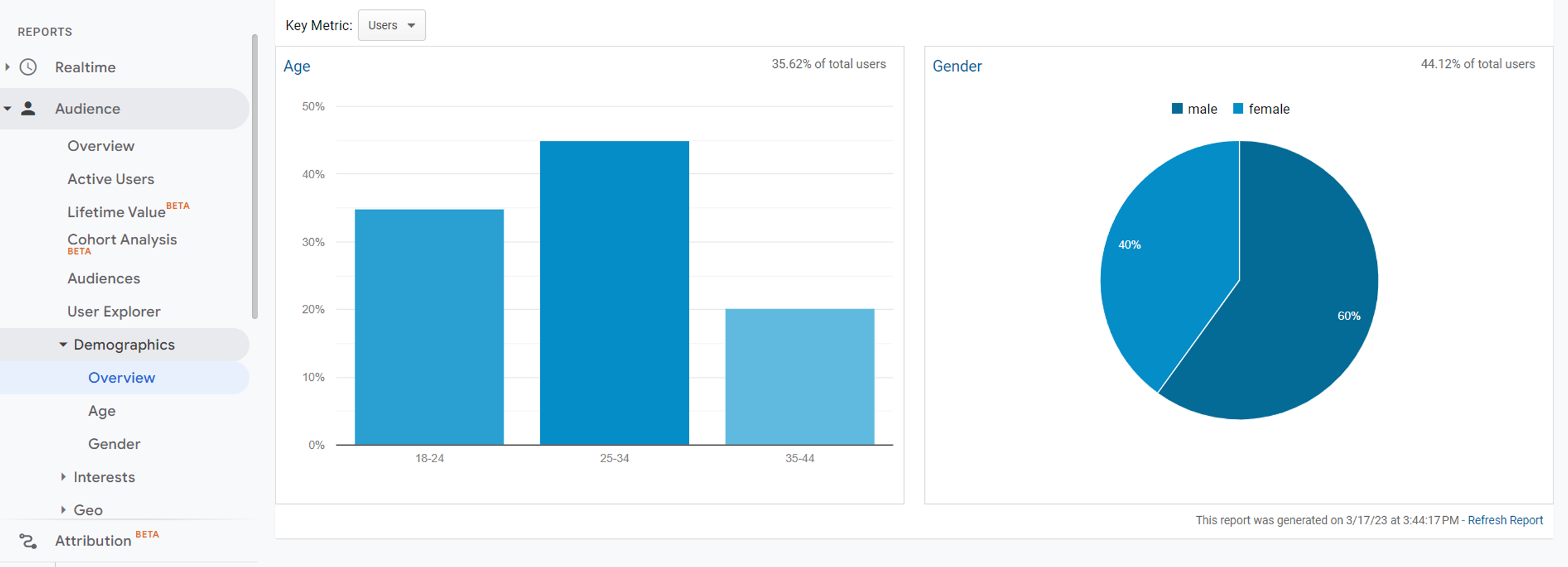
Step 3: Collect your email list
Before proceeding directly to the creation of an email mailing list, it is necessary to make a list of people to whom emails will be sent. The main and most important rule here is people must give their permission for this! Do not buy ready-made customer bases – this way you will not only not get customers interested in your product, but you can significantly damage your mailing reputation.
Create your subscriber base using your website. Place a subscription form on the landing page and encourage visitors to send you their email in exchange for something interesting and valuable for them. This can be, for example, a discount coupon for the first purchase, a free e-book, a guide, or a checklist. If there are long reads on the site, the subscription form may pop up when the visitor reads more than half of the article.
This method of collecting an email list may not be the fastest, but it is definitely legal and ethical and will provide you with an audience of people who are interested in your product.
Step 4: Create your email campaign
Start your email marketing campaigns by choosing an email service provider that helps you create, configure and control the entire mailing process. It can be Mailchimp, SendGrid, Klaviyo, HubSpot, SendinBlue, or one of many others – they all offer similar functionality. With their help, even a person who does not understand design and programming can create a high-quality and professionally designed email. Most providers also allow you to analyze each email marketing campaign to draw conclusions about their effectiveness and adjust what is necessary. Some providers also provide a free plan.
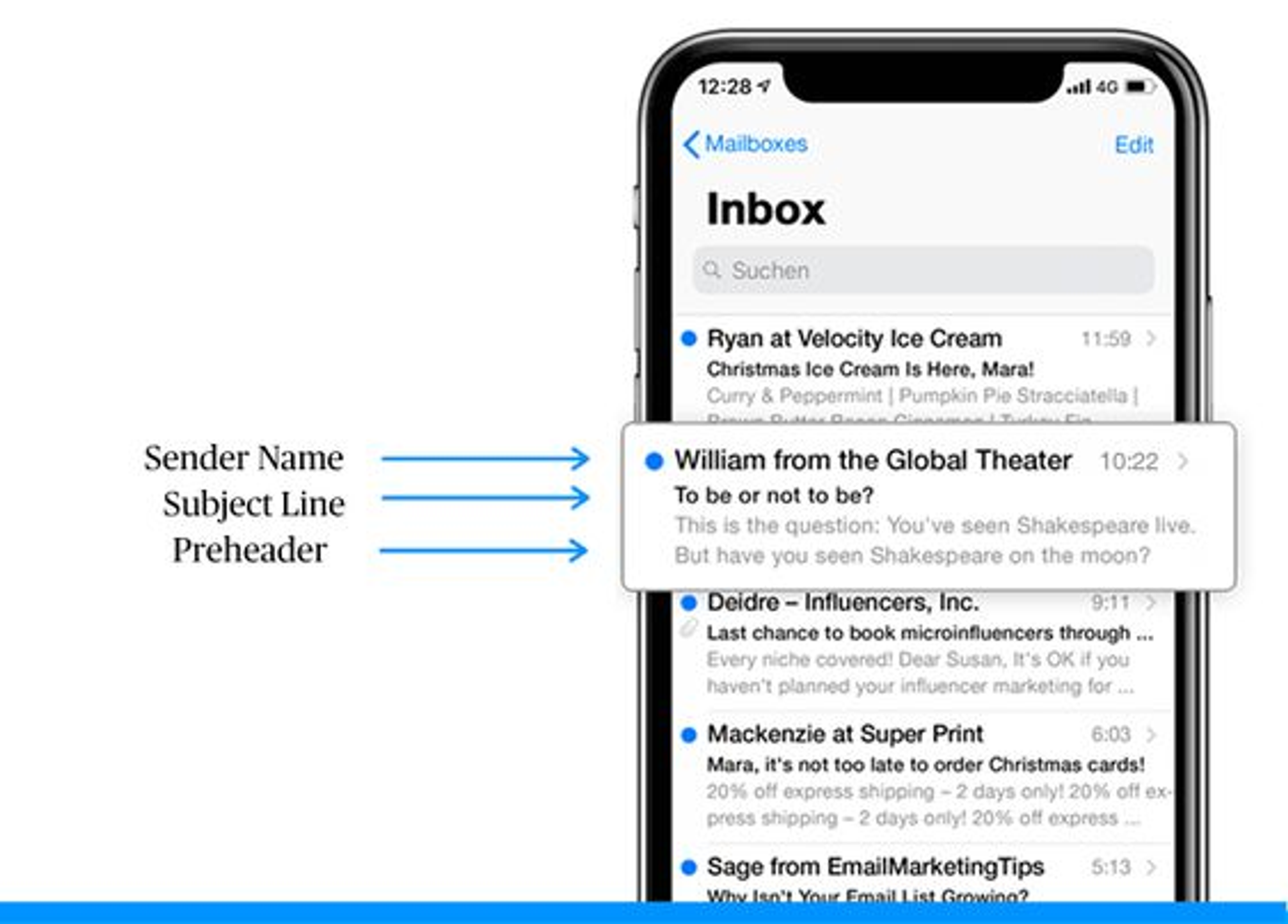
The email itself consists of three parts:
- The sender's name. It is important for the recipient to see who the email is coming from, so it is best to use the name of your company. Avoid automatic addresses like [email protected] – they are too impersonal and cause distrust, and they are also very often filtered into spam.
- The subject line should be catchy and reflect the contents of the email. To attract attention, you can use, for example, the recipient's name or emoji, if it corresponds to the theme and style of your company.
- The contents of the email. There are two key points here: the text and the design.
Remember that customers value their time, which means they are ready to spend it only on high-quality content. Therefore, the text of the email should be engaging, well-written, and aligned with the funnel stage of the email campaign. For example, the first email a new subscriber receives is usually a welcome one.
Next, you can send various types of emails: company news updates, promotions and discounts, reminders of an unfinished purchase (if the customer added products to the cart, but did not pay), presentation of new products, surveys on the quality of service and support, invitations to webinars and much more, depending on which products and services your company provides and what goals it pursues.
Do not forget to personalize the email as well: address the client by name and, if possible, use the information you have collected about them. It is such emails that show the greatest engagement.
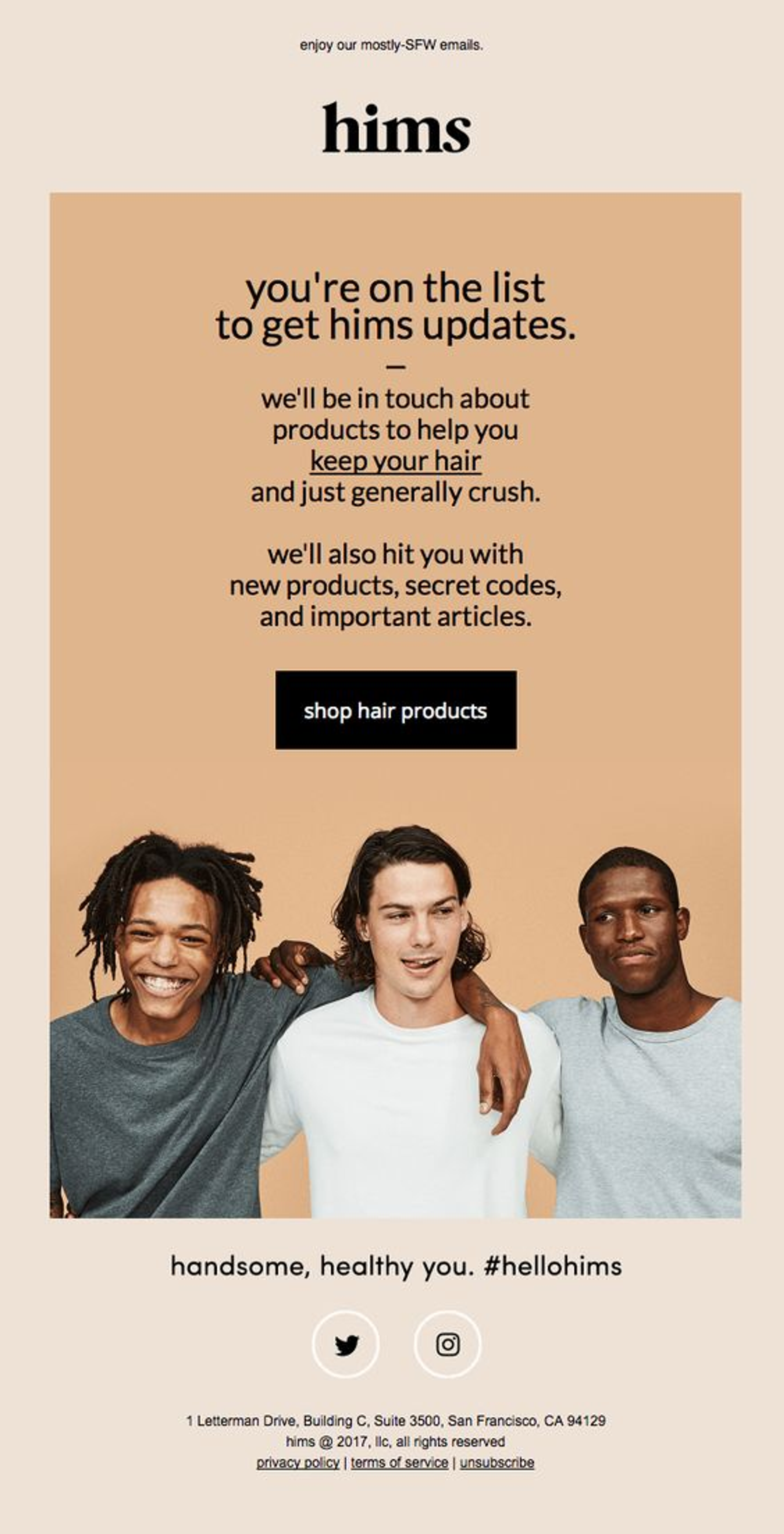
The design of the email is no less important. It is best to use an email template – a one-page HTML file with a design where you will insert the text of the email. Email service providers have ready-made templates, and you can also make them yourself. Make sure that the email is displayed correctly on various devices – many people open mail from their mobile phones.
Before mass mailing, do a little test: send emails to a small group of people from your list. This way you can check all the details of the email – text, design, and CTA. At this stage, it is also convenient to conduct an A/B test to understand which combination of email elements works better, what time is more suitable for sending, and test any other hypotheses that you have.
At what time is it best to send emails?
There is no consensus on the best time to send emails. You should take into account the content of the email, the day of the week, as well as the characteristics of your target audience – their location and time zone, age, habits, and so on. For example, young people tend to pick up the phone immediately after waking up, while older people come to check their mail after the start of the working day. And of course, the time of sending emails to clients from London and Seoul should be different.

According to data provided by several well-known email service providers, the highest open rate is shown by emails sent from Tuesday to Thursday from approximately 8 to 11 am. We do not specifically detail this information depending on the types of email campaigns and products, because it is very individual. In your case, completely different days and hours can show the best result. The only way to find out what will work for your email marketing strategy is to constantly conduct A/B tests.
Step 5: Analyze the result of your marketing campaign
Email marketing is a very dynamic tool. This means that you can constantly work on improving it, and for this, you need to analyze the results of each email marketing campaign. You can get them almost immediately.
There are dozens of metrics by which you can analyze the results. The most important of them are:
- Open rate. This metric shows how often your emails are opened. With its help, you can understand how effective the subject line and the sender's address turned out to be. The higher the open rate, the better, but the interval of 15-25% is already considered successful.
- Click-through rate (CTR). This indicator reflects the percentage of people who clicked on at least one of the links in the email. It is calculated using the formula number of clicked people ÷ a number of delivered emails X 100. The average CTR for emails is about 2-6%. For comparison: for Google Ads, this indicator is usually 6-7%.
- Bounce rate. An important indicator that shows the percentage of people from your email list who have not received an email. This allows you to see if there are inactive subscribers and incorrect email addresses in your list. The higher this indicator, the worse things are with your email list. If it is high, the list must be rechecked and all inactive addresses must be deleted. An excellent indicator is the range of 26-40%, the average is up to 55%. If your bounce rate is below 25% or even equal to 0%, most likely, the tracking process is not working correctly.
- NOTE: Do not confuse it with the website bounce rate. With websites, the bounce rate metric refers to the percentage of people that leave the landing page without making any actions on it.
- Unsubscribes. You can use this metric to see how many people have unsubscribed from your newsletter. If this number is large enough, you may have incorrectly identified your target audience, or emails have lost their relevance for recipients.
Complaint rate. The indicator shows the number of times recipients have marked an email as spam. Such complaints may arise due to incorrect subject lines, excessive intrusiveness of email marketing, irrelevant content of emails, and even due to technical problems with your email service provider. The standard is 1 complaint per 1000 emails sent - that is, 0.1%. Anything above negatively affects the sender's reputation.
Depending on what software you use to analyze the effectiveness of email campaigns, you can track other indicators: open rate on mobile devices, the most clickable links, the most visited pages, and so on.
What are the types of emails?
You already know from the previous section that there are different types of emails. It is possible to distinguish 4 main ones:
1. Newsletter emails in which you can share any information about your company – events, updates, give a link to an interview, or an article in your blog. Such emails are sent periodically, for example, once every two weeks or a month.
2. Promotional. Yes, yes, those emails with discounts, sales announcements, or special offers that can be timed for any event (for example, a Christmas sale or Black Friday). Such emails are sent out most often, so try to personalize them as much as possible so that the client does not just scroll through them. According to CampaignMonitor email service provider, 86% of respondents would like to receive such emails no more than once a month.
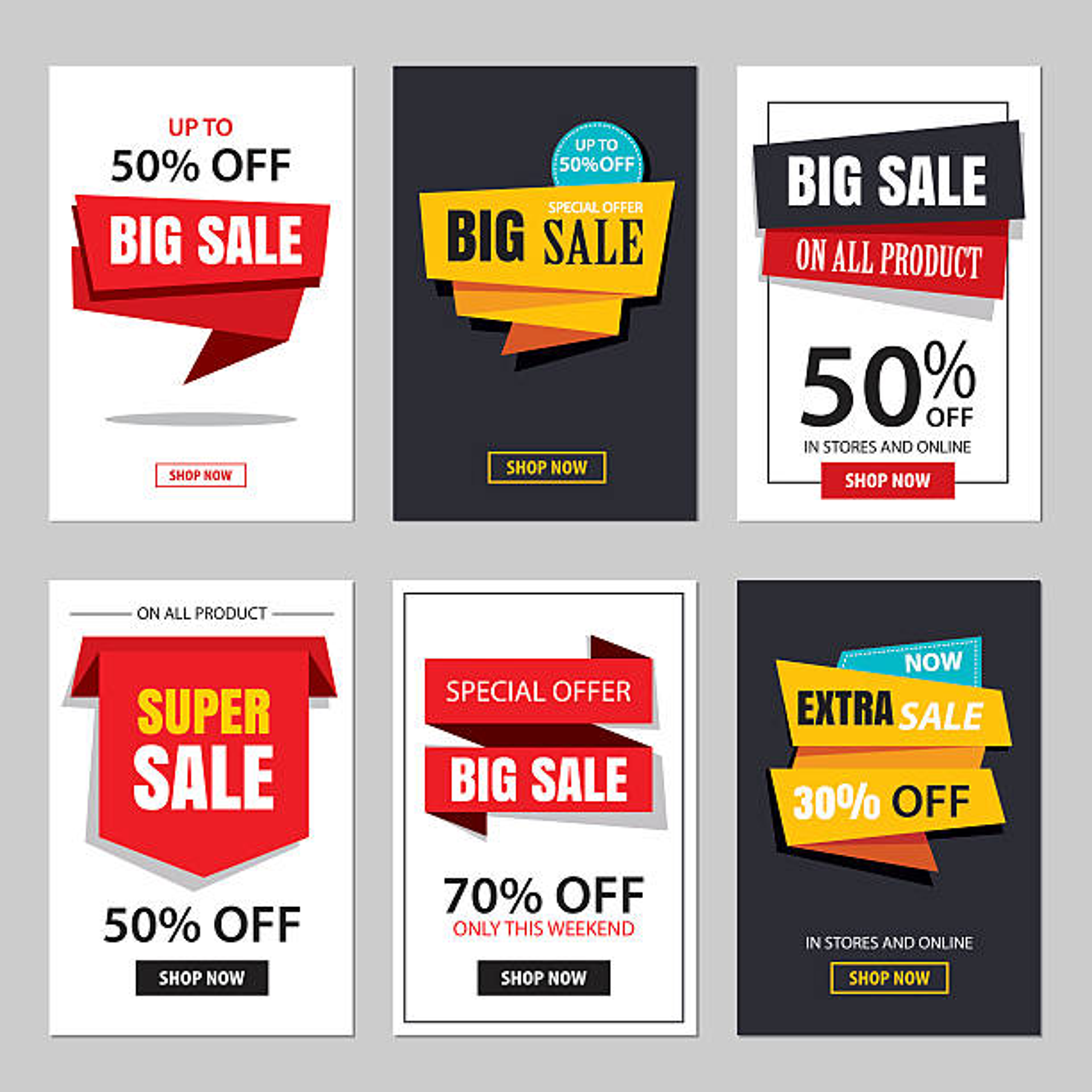
3. Lead nurturing emails. Such emails are part of the sales funnel and are aimed at turning your subscribers into full-fledged customers. They are not sent immediately, but over time, when the subscriber has already formed a trust in your company. Such emails are part of the chain, so you have the opportunity to experiment with their contents.
4. Collecting feedback. Such emails are sent when you want to know the opinion of customers about your product or service. You don't have to do this, but honest reviews can help you see and correct shortcomings, as well as improve your email marketing strategy.
Some types of emails can be combined into an email flow. This is a series of trigger emails that customers receive at certain important moments. For example, Klaviyo offers its users the following email flows:
- Welcome series that aims to introduce the customer to your product or brand. It starts when the client is added to your list of subscribers.
- Abandoned cart starts when the customer has added products to the cart, but has not finished the purchase. Such a series is sent to subscribers who are already your customers.
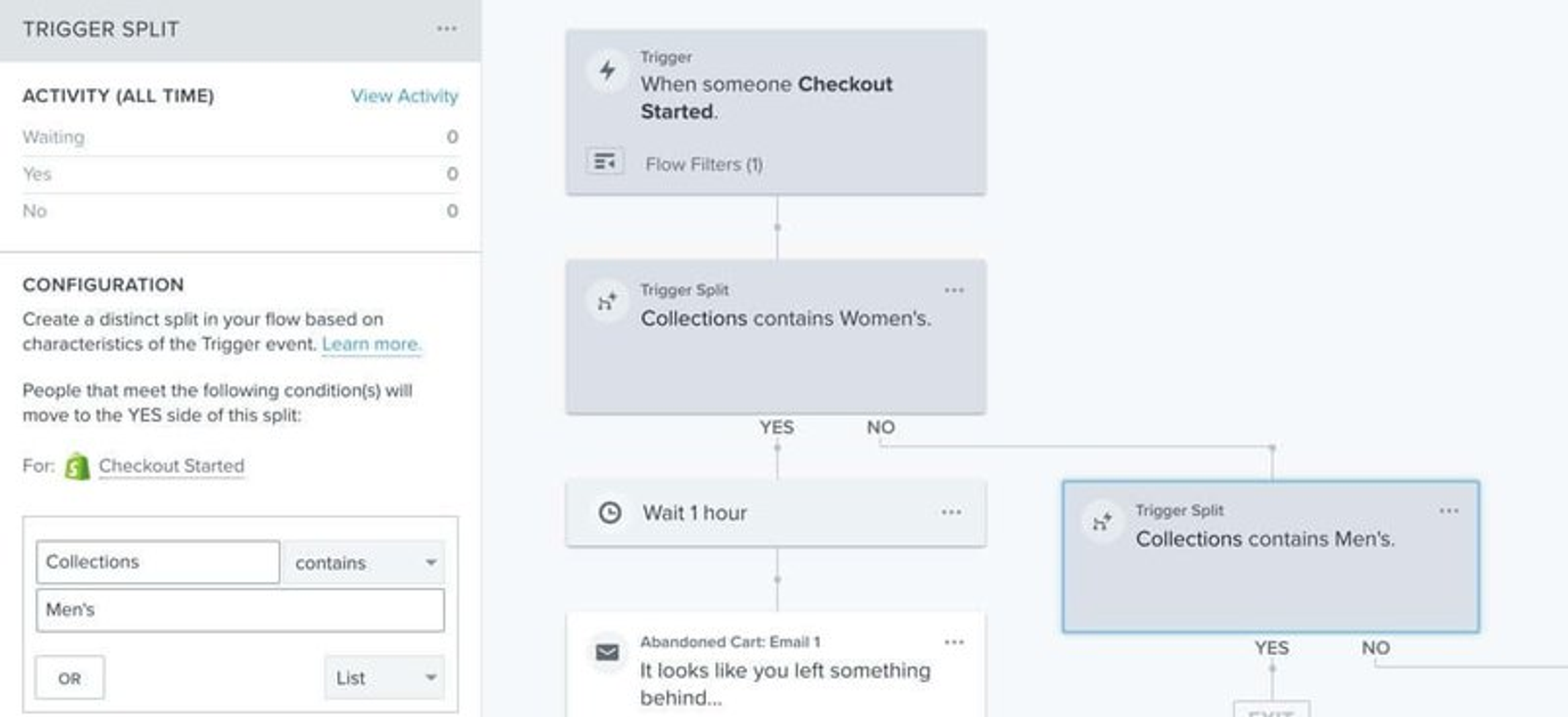
- Post-purchase allows you to show appreciation to the customer who purchased from you. You can add information about similar or additional products that may interest your customers to such emails.
- Winback is triggered when a customer purchased from you, but stopped returning. Such emails are personalized depending on what exactly the customer bought, and how many times they did it.
There are also other types of emails. If you have implemented a loyalty program, you can, for example, send milestone emails with congratulations or some kind of reward to a client who has reached the next level. Birthday greeting emails also make customers feel special.
The most valuable emails are those that carry any useful information: free guides, e-books, and so on. However, this does not mean that you need to send only such emails. First of all, the type of email should match your email marketing strategy goals and work on their effectiveness.
What's next?
So, you have prepared your first email marketing campaign. You can only find out how effective it is through practice. Conduct split tests and experiment with the design and texts of emails, constantly analyze the results, and clean your email list.
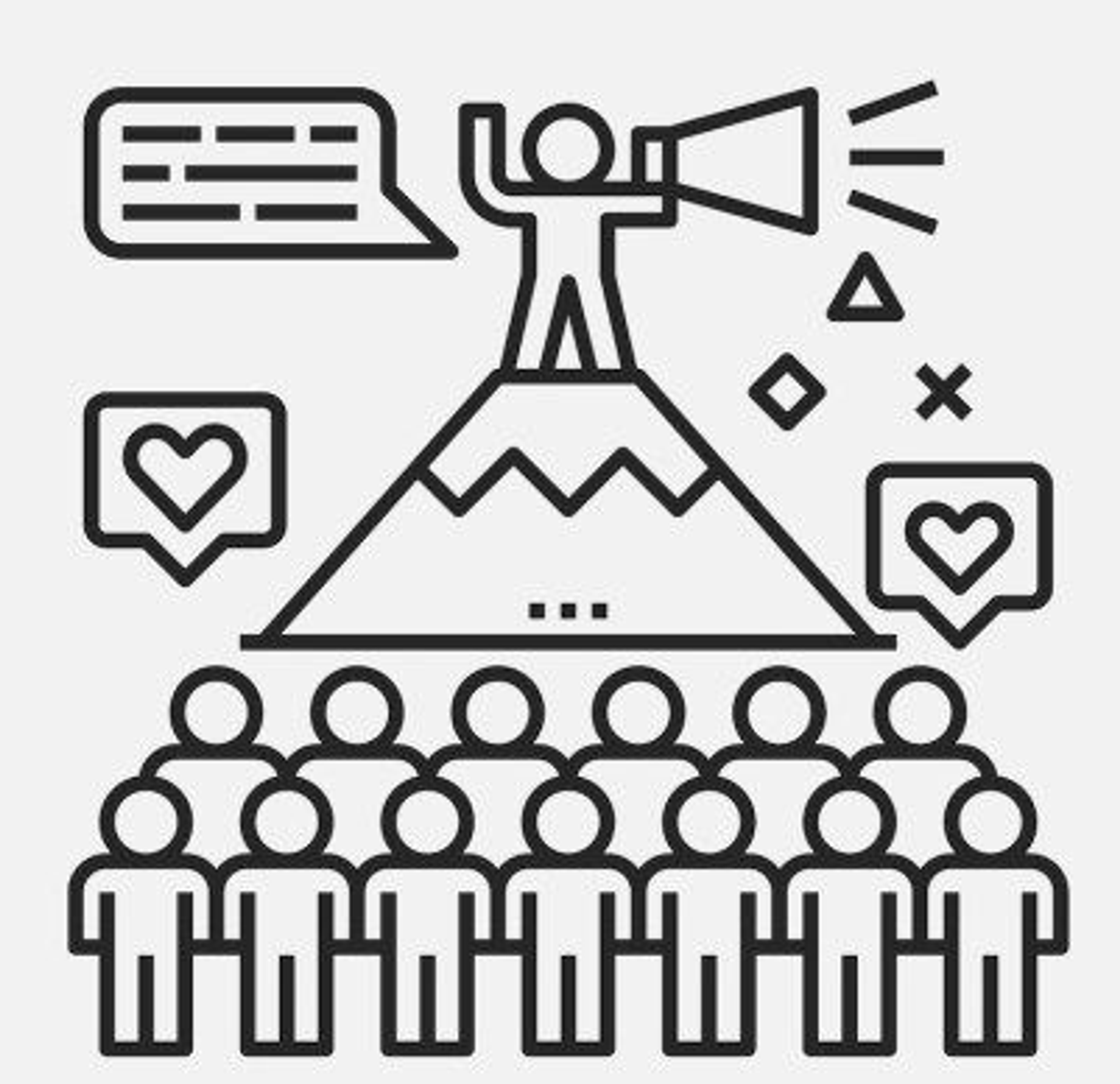
Finally, we have collected 10 short tips for you that will help you in creating a successful marketing strategy.
10 email marketing tips
1. Build the right expectations from your email marketing strategy.
2. Find out everything about your target audience.
3. Send emails only to people who gave permission to do so.
4. Use email templates to design your emails.
5. Automate the sending of emails using email service providers.
6. Test everything! Email subject lines, combinations of email elements, the time and days of sending, the tone of the email, and everything that can come to your mind.
7. Add call-to-action (CTA) to emails.
8. Regularly clean your email list to reduce the number of inactive subscribers.
9. Personalize emails.
10. Constantly analyze the result of the email marketing campaign.
But the most important thing is to remember that at the other end, your recipients are living humans with their emotions, habits, and behavior. The more consciously you approach building communication with them through email marketing, the higher the chance that they will become loyal customers.
